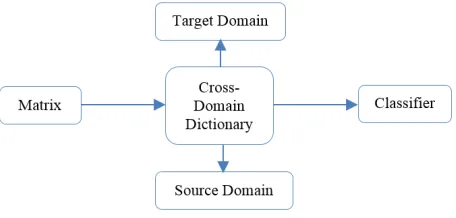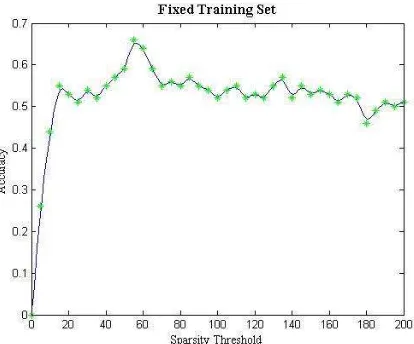Color object recognition via cross-domain learning on RGB-D images
Full text
Figure



Related documents
Regarding the performance of the algorithms, we can see how the power consumed by the partitions found with VMA2 is lower, in all cases, than the ones obtained by VMA1 and is
The concurrency control synchronises the transaction execution among replicas and guarantee that, if two conflicting transactions are executed in parallel, at least one of them
The other 5 of the 7 patients experienced 70 bleeds; 72.9% were treated with 1 dose (hemostatic response: 2, excellent; 47, good; 1, moderate; 1, not reported) and 27.1% with 2 or
In this paper we analyse the effect of the introduction of derivatives (futures and options) in the Spanish market on the volatility and on the trading volume of the underlying
Education, age, gender, marital status and income level of the farmers had significant positive impact on awareness and knowledge of mould infection in stored maize and
MOTION: For the Investigations Committee to approve the minutes of the September 3, 2014, meeting as distributed.. (Beals; second by Senecal)
A second issue that is often overlooked is that currently citizens do pay for health care through their taxes, yet it is commonly accepted that “nobody spends somebody else's money
On the contrary, the low cache hit ratio in the ICNT and JCNT schemes indicates that user requests are not served locally and content is fetched from the remote servers, which due